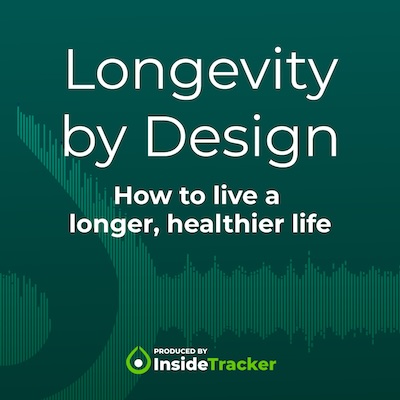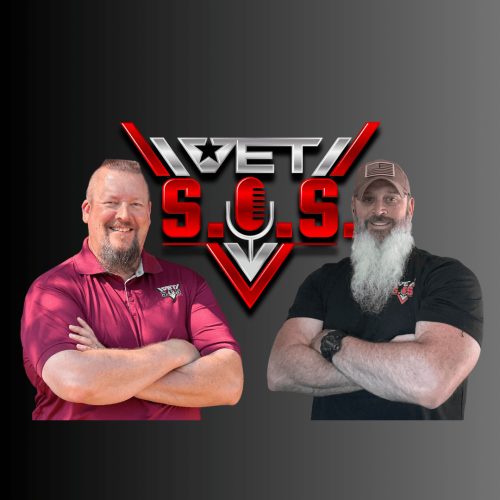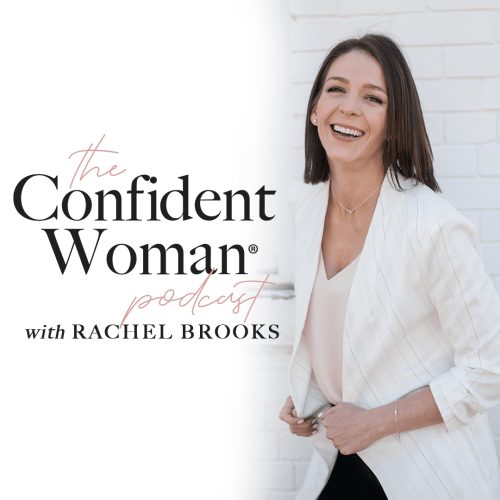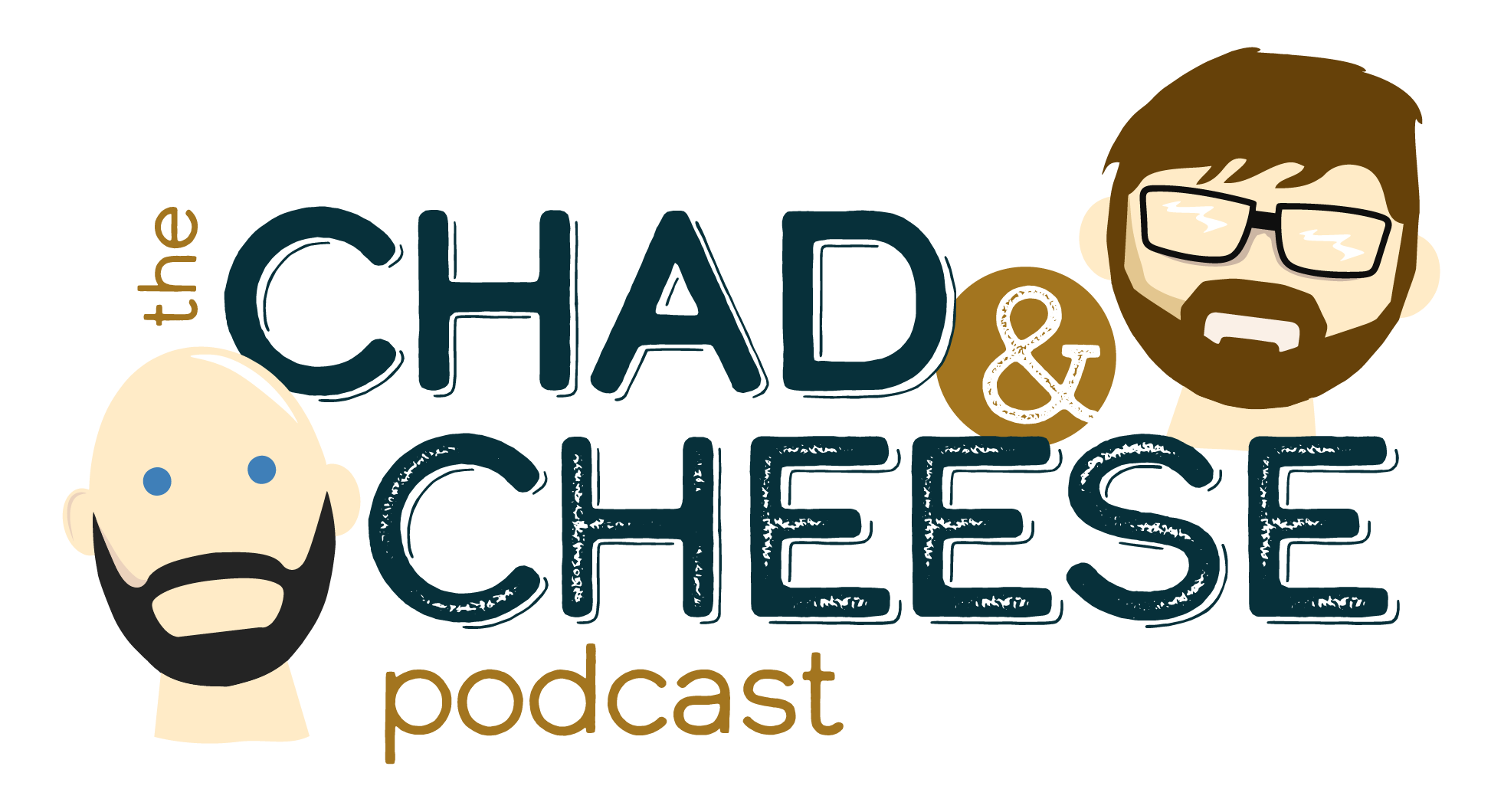Adaptive Clothing for Seniors: Shopping Guide

Ready to learn about how adaptive clothing for seniors makes dressing easier? Or curious what exactly constitutes adaptive clothing? Over the past few years, many new brands have emerged that create adaptive clothing to improve some aspect of the dressing experience. From clothes for wheelchair users, amputees, and children with sensory disabilities, to apparel for older adults with dementia, there’s been tremendous Innovation that’s benefitting many groups of people. Adaptive apparel just may be the single, most cost-effective way to immediately and significantly improve the daily lives of those living with a disability.
To help guide you to adaptive-clothing solutions for people who live with disabilities, we’ve rounded up 15 of the most common types of adaptive clothing as well as the most common types of closures and other features.
So, please let this serve as a shopping guide for adaptive clothing to help you decide what’s best for you or your loved one.

Different Types of Closures for Adaptive Clothing for Seniors
Zipper Closures

Buttons can be difficult for a variety of reasons. For those living with arthritis, tremors, limited vision, and reduced coordination, or even those recovering from a recent medical procedure, consider switching to clothes with a zipper closure. Zippers are easier to work for those with reduced hand mobility and make it easier to continue to be able to dress yourself independently (or to get undressed in a hurry if need be).
Most zippers also give you the option to attach an extra-long pull so you don’t have to fiddle with the tiny metal tab on its own. (Keep an eye out for adaptive clothing for seniors that comes with extra-long zipper pulls.) Not everyone can easily use a zipper, especially those with tremors or reduced vision. Good news: You only need one hand to use magnetic zippers, which will do all the work for you, making zipping up so much easier. Zipper (and sometimes snap) closures are especially popular on post-surgical garments, as they allow easy access to wound dressing, catheters and more without completely undressing.
Magnetic Closures

Adaptive clothes for seniors often use magnetic zippers, but there are also magnetic buttons and snaps. Magnetic closures are more often used on tops than bottoms; so, look for shirts, vests, and jackets that feature magnets. More often than not, these magnets are discreetly used, placed behind faux buttons so the clothing doesn’t look any different than non-adaptive clothes. And they’re so easy to secure! All you have to do is move both magnetic snaps near each other and let the magnets do their job. You can easily do this with one hand, making magnets particularly handy for those with tremors, arthritis, Parkinson’s, limited vision, or those who only have use of one hand.
But magnets aren’t for everyone: Make sure you avoid them if you have a pacemaker or other medical device that doesn’t react well to magnets. And if you’re spending a lot of time in a wheelchair, magnets might attract the chair’s metal poles.
Snap Closures

Another great option when you need the garment to stay closed are snap closures. They’re easy open quickly without the fuss of buttons. Snap closures are available on all kinds of clothes, from at-home hospital gowns to post-surgery jackets to tearaway pants. Snap-on clothing is also commonly used when magnets aren’t appropriate.
Velcro Closures

Velcro can be a great closure option. Most likely, we’ve all used shoes with Velcro closures before, and there’s a reason why this type of closure is so widely available. We all know how Velcro works. And fortunately, we all know it’s pretty darn easy to use. Many older adults and caregivers like Velcro because it doesn’t require great accuracy: it’ll easily secure even if you don’t perfectly line up the two pieces. Velcro closures are widely used on slippers and shoes, as it allows for an easy way to adjust for width.
You’ll find many footwear options that allow for wide or extra-wide flexibility with Velcro. It can be ideal for those who simply want to deal with laces or those who experience swelling in feet or ankles due to edema, Diabetes, or another condition. Adjustable-width shoes are also great for those wearing casts or recovering from foot or ankle surgery.

The big thing to look out for is that Velcro can attract a lot of lint and other fibers in the washer. Similarly, commercial washers and dryers (which are used in many care communities) are typically not kind to Velcro. And if you’re shopping for someone else, make sure that they’re okay with Velcro. Some people find the noise irritating and might be less likely to wear it. Others, particularly older adults with dementia, might fidget with Velcro, continually opening and closing it. And one last FYI: when searching for clothing with Velcro, remember that “Velcro” is actually a brand name – it’s a type of a “hook-and-loop” closure.
Additional Closures for Adaptive Clothing for Seniors

There are a handful of other closure systems used for adaptive clothing that you might consider. The most widely used option that we haven’t yet covered is ties and drawstrings. Most often used to secure pants as a substitute for a belt, drawstrings are an easy way to adjust the tightness of a garment. Many adaptive pants for seniors do not feature drawstrings. They can get in the way of other adaptive features like side zippers. Drawstrings can also be a bit challenging for people to use, as they require a degree of hand-eye coordination.
Drawstrings and ties are used often on hospital gowns and other shirts that might open in the back. These will all require assistance to secure.
Hook-and-eye closures are a way to fasten clothing items, usually found on undergarments and waistbands. They have a small hook on one piece of the garment and a corresponding “eye” on the other side, which the hook is inserted into. It’s an adjustable closure, often with multiple eyes, which provides a better fit. These closures are not that visible. They create less noise compared to other types, making them a discreet option for some types of clothing. They provide a relatively small target compared to Velcro. Hook and Eye closures require more accuracy than magnets to secure, but not the strength needed for snaps.
Different Styles of Adaptive Clothing for Seniors
Pull-on Styles
So far, we’ve been discussing how certain types of closures can make dressing easier. But do you know what else does? No closures at all! And that’s really what you get with pull-on clothing styles. You can find a lot of different types of pull-on clothing, including easy grip pull-on pants and even jeans. For the most part, pull-on styles sport a relaxed, loose fit, which makes them easy to pull up and down. And to make them even easier to get on, consider ordering a size larger than you normally would.
Since there aren’t any special closures to make putting pull-on styles easier, they’ll require a bit of coordination and upper-body mobility. So if you are lacking in those departments, this solution isn’t right for you. But you can find plenty of stylish pull-on options for those who just need a bit of dressing help. Including great options from khakis to jeans. A lot of pull-on pants even include internal loops or handles to grab as you pull.
Elastic Waistbands

Elastic waistbands are almost always found on pull-on pants and are a very common feature for adaptive clothing for seniors. With no other closure ties or belts, elastic is the key to keeping pants up on your waist! Men’s and women’s elastic waist pants are the simplest and easiest way to keep your pants up. Elastic waistbands, when sized properly, will hug your waist or hips, gently hugging you without being overly constrictive. There are some designs that use an elastic waistband in tandem with another type of closure. Often these designs will have elastic only on the back with snaps or velcro on the front. Elastic waistbands are always comfortable. This makes them an ideal choice for those who use wheelchairs or sit for most of the day. They’re also handy since you no longer have to worry about belts or other tie closures.
Openings for Medical Devices
Adaptive clothing for seniors not only makes dressing easier, but also more practical and dignified. For those who are living with a medical device or recovering from surgery or some other medical event, non-adaptive clothing might make it difficult to wear, use, or access those medical devices. There are plenty of specialized clothing options out there that solve this problem. Usually this is solved by adding in pockets and openings for easy access. When visiting the doctor, these openings allow you to keep most clothes on while the medical professionals gain access only where necessary. There are adaptive clothing options for amputees and those who use prosthetics, catheters, wound dressings and other medical devices. Snaps and zippers are the most common types of closures used for clothing for those recovering from surgery and on adaptive clothing for amputees.
Seamless Designs

The fashion industry is finally creating innovative clothing to help those who have skin sensitivity or sensory disabilities. Granted, many seams aren’t particularly comfortable for anybody, but for some people, seams can make wearing a garment unbearable. And for those who are bedridden or immobile, a poorly located seam can lead to bed sores, rashes, and other problems. Low-profile seams or even totally seamless designs are gaining in popularity as they don’t rub against the wearer’s skin. And good news for those who don’t normally wear adaptive clothing: this innovation will make all clothes more comfortable!
Adaptive Clothing for Seniors + Soft Fabrics

Until recently, almost all adaptive clothing for seniors focused exclusively on functionality at the cost of fabric softness and comfort. Too much adaptive clothing fabric is itchy, overly heavy, and cheaply constructed. Who wants to wear that kind of fabric? That’s why you should focus on clothes made from extra-soft fabrics. Along with seamless designs, soft fabrics are a wonderful solution for those with sensitive skin and those who are at risk of bedsores. Look for fabric that’s not only soft, but also provides four-way stretch and breathability. This higher-quality performance fabric can lessen the chance that the garment will chafe at the skin, whether you’re recovering from surgery or spending significant time in a wheelchair.
Adaptive Open-Back Designs
Not everyone, of course, is able to dress themselves, even with adaptive clothing. For those who need assistance when dressing, open-back designs are a great option. They make dressing easier for both the wearer and their care partner. Open-back designs are perfect for those who use wheelchairs or those who get dressed while lying down. Other older adults might not be able to painlessly get their arms over their head to dress themselves. And since open-back tops function similarly to a hospital gown, the wearer – with assistance from someone else – can easily put their arms in the garment. In fact, many adults with dementia or Alzheimer’s simply don’t like to put their head into a shirt.
That’s why many stores that sell adaptive clothing for seniors, including Joe & Bella, carry open-back tops to reduce the pain, strain, and Stress that can come with assisted dressing. Usually secured with snaps either at the shoulders or down the midline, two panels overlap on the back to close the shirt and provide full coverage, much like a hospital gown.
Adaptive Open-Side Pants

Open-side pants are a great choice for those looking for an alternative to pull-up pants. Some open-side pants feature a zipper or snaps that open up from the hip all the way to the ankle. Other options include openings from the hip to the knee. The side zipper provides easy access to catheters and other medical devices. Typically open-side pants are coupled with elastic waistbands to accommodate fluctuating weight or swelling while providing comfort. This design is great for those who are independent dressers as it allows the wearer to step into each of the pant legs before securing the waist. Open-side pants are also ideal for those who need assistance when getting dressed, as they simplify the dressing process for the care partner.
Front-Closure Bras

There are many reasons why women will look to adaptive bras as a dressing solution. Whether due to shoulder mobility or injuries or recent surgery, traditional bras require a certain degree of flexibility to secure independently. The simplest solution is a front-closure bra instead of a traditional back-closure. You don’t need to have full range-of-motion in your shoulders to secure a front-closure bra. A great option is this Breastnest Bra that avoids skin on skin contact for those with skin sensitivities.
Non-Slip Socks
Non-slip socks are commonly used for those recovering from surgery. Not only will they help keep you warm, those little grippers on the bottom will also help you be a bit sturdier. While we recommend that older adults wear non-skid shoes indoors for safety reasons (more on those below), we think that non-slip socks are a great solution for those moments when you can’t wear slippers or shoes. They should not replace non-skid shoes, but they do serve an important purpose in the overall adaptive wardrobe. An important use case for non-slip socks is for older adults who wake in the middle of the night and walk to the bathroom; by wearing non-slip socks to bed, they’ll have a safer walk. Remember, even though they’re called “non-slip” doesn’t guarantee no falls, but they will reduce the likelihood.
Non-Skid Shoes
For those who are a bit wobbly on their feet, wearing non-skid shoes or slippers inside the house is recommended. With so many wonderful options out there, there should be no excuses for not following this important safety tip. Non-skid shoes provide an added level of safety for those recovering from surgery and for older adults whose balance and steadiness have declined. We especially love plush indoor slippers with Velcro closures that make putting on shoes a breeze. If you don’t already own a pair, be sure to check them out and consider adding them to your wardrobe.
Incontinence Clothing

For those who wear incontinence products, it can often be frustrating to find pants that are properly designed for you. Most pants don’t take into account the extra padding of incontinence products. This result: wearing pants that are not only uncomfortable, but also do nothing to hide the adult briefs. The good news: there are pants out there designed specifically to keep these products hidden, so you can go about your day without worry. Some adaptive pants are designed with a larger seat and stretch fabric, so they look great whether you’re wearing a full incontinence product or traditional underwear. They usually come in darker colors to help hide potential leakage.
We hope this article helped you learn more about adaptive clothing. Please check out Joe & Bella’s online store that’s full of wonderful adaptive clothing options to see what’s best for you. Our customer-service representatives are former health professionals who are ready to answer any of your questions.























